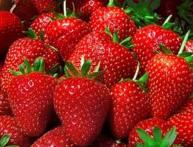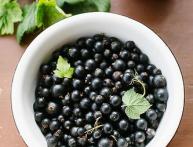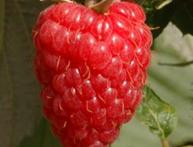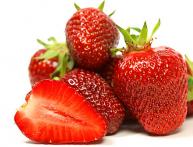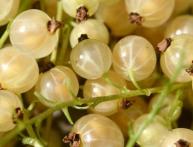Planting red currants: a few rules and recommendations
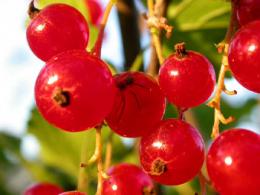
Red currant is one of the most common berry crops, the bushes of which, growing along fences or paths, can be found in literally every summer cottage. This berry is extremely easy to care for and produces a rich harvest, and its fruits can be used to prepare a huge number of all kinds of desserts, sauces, preserves, and so on.
Red currants are usually planted in late summer or early autumn. Annual and biennial seedlings are planted at a distance of a meter and a half from each other, either along fences or in a specially designated area (in this case, the bushes are placed in rows, between which there should be at least two meters of free land). An extremely important condition for the normal growth and development of young currant bushes is prepared soil. Eight to ten kilograms of manure, as well as a mixture of superphosphate, wood ash and potassium sulfate, are first added to each pit, the diameter of which must be at least a meter. If red currants are planted in acidic soil, it is advisable to add a little dolomite or ground limestone.
As for the planting process itself, it also has certain subtleties. So, it is advisable to slightly trim the ends of the roots of the seedling and dip it in a mixture of water, mullein and clay for better fixation in the soil.The root collar should be buried very slightly, literally three to four centimeters, but the bush should not be pulled out with a slight twitch. After planting, the bushes must be watered abundantly and trimmed at a height of twenty centimeters from the ground.


